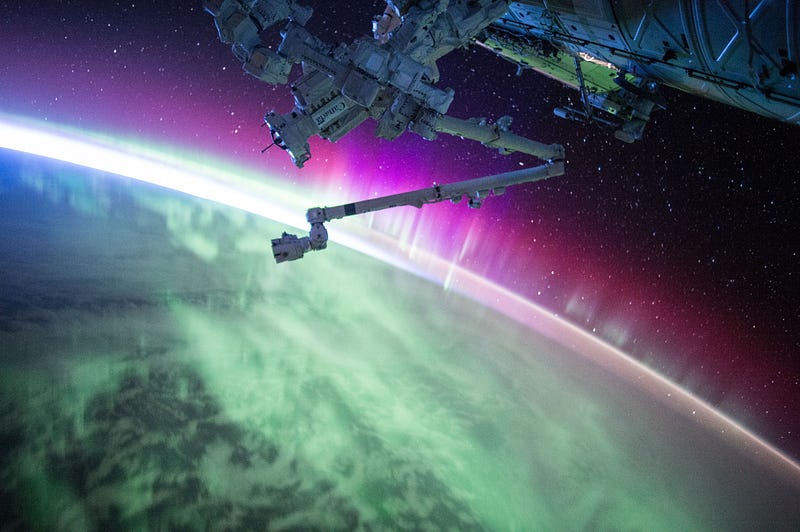Navigating the Cosmos: The Dangers of Space Debris and Policy
Written on
Chapter 1: The Growing Number of Satellites
Currently, there are approximately 7,800 active satellites in Earth’s orbit, with a staggering 4,074 belonging to SpaceX. The Starlink project alone accounts for a significant portion of these, with plans for a colossal network of 42,000 satellites.

While space is vast, the area available for satellites, particularly in low Earth orbit, is limited and increasingly cluttered with debris.
Section 1.1: The Optimistic Beginnings of Space Exploration
In the early era of space exploration, the world was filled with hope regarding the untapped potential of outer space. The Outer Space Treaty (OST), created by the United Nations General Assembly in 1967, aimed to govern activities in space to ensure that exploration and utilization would benefit all of humanity.
Subsection 1.1.1: The Rise of Space Junk
However, the rapid escalation of human-made objects in orbit was unforeseen. Today, the visible satellites are merely a fraction of the total; many defunct satellites and debris remain in orbit.
Section 1.2: The Dangers of Satellite Collisions
Satellites, like all technology, have a limited lifespan and can malfunction. For instance, the 2009 incident involving the Iridium 33 and Kosmos-2251 satellites resulted in the creation of over 2,000 large debris pieces, alongside countless smaller fragments.
The current estimate suggests there are around 30,000 trackable debris pieces in orbit, with an additional 130 million fragments too small to track. Each of these poses a risk to operational satellites and the International Space Station (ISS).
Chapter 2: The Kessler Syndrome and Militarization of Space
This video discusses the implications of the increasing number of satellites and space debris, explaining how they can affect future space missions.
As satellite numbers rise, so does the potential for collisions. This leads to a dangerous feedback loop known as Kessler Syndrome, where collisions generate debris that can cause further accidents, creating an unmanageable situation in Earth’s orbit.
Furthermore, anti-satellite weapon (ASAT) testing has introduced another layer of risk. Such tests, which involve intentionally destroying defunct satellites, generate additional debris and have directly endangered the ISS on at least one occasion.
While the USA and Canada have imposed temporary bans on ASAT testing, countries like China continue these practices, raising concerns over space security.
This video features the lyrics of "Earth" by Lil Dicky, highlighting the importance of protecting our planet and space.
The OST emphasizes cooperation and open access to space, but with minimal restrictions on the number of launches, both state and private entities can freely launch numerous satellites, primarily guided by safety and liability considerations.
There is an urgent need for advancements in space law to address these challenges effectively. Without stringent regulations, wealthier nations and corporations may dominate low Earth orbit, limiting access for the global community and undermining the vision of shared exploration that the OST intended.